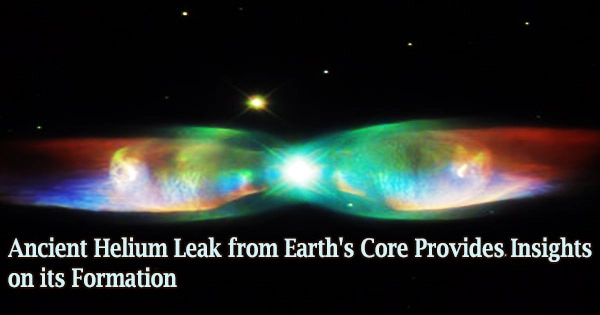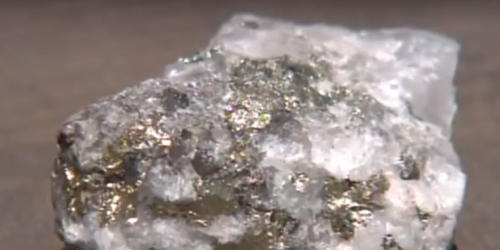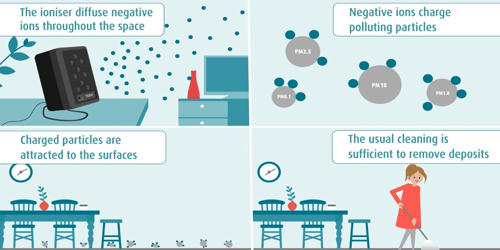According to a recent study, the Earth’s core is releasing helium-3, a rare isotope of helium gas. The gas leak provides proof to the long-debated theory that Earth formed inside a solar nebula because practically all helium-3 comes from the Big Bang.
At the Earth’s surface, helium-3 has been found in comparatively modest amounts. The amount of leakage from the Earth’s core as opposed to its middle layers, known as the mantle, remained unknown to scientists.
The core is identified as the Earth’s main source of helium-3 in the latest study. Helium-3 can be produced by some natural processes, like the radioactive decay of tritium, but it is mostly produced by solar nebulae, large, spinning clouds of gas and dust similar to the one that gave rise to our Solar System.
Most of the helium-3 in the universe can be dated to the Big Bang because helium was one of the first elements created in the universe.
A planet gathers material from its surrounds as it expands, and as a result, its makeup mirrors the environment in which it developed. Earth would have had to develop inside a thriving solar nebula, not on its periphery or during its waning phase, in order to obtain high concentrations of helium-3 deep into the core.
The latest findings provide new insights into the enigma surrounding Earth’s origin and support the idea that our planet evolved inside the solar nebula.
The research on the chemistry, physics, geology, and biology of Earth and planetary processes was published in the AGU journal Geochemistry, Geophysics, Geosystems.
About 2,000 grams of helium-3 leak out of the Earth every year, about enough to fill a balloon the size of your desk. It’s a wonder of nature, and a clue for the history of the Earth, that there’s still a significant amount of this isotope in the interior of the Earth.
Peter Olson
About 2,000 grams of helium-3 leak out of the Earth every year, “about enough to fill a balloon the size of your desk,” said lead study author Peter Olson, a geophysicist at the University of New Mexico. “It’s a wonder of nature, and a clue for the history of the Earth, that there’s still a significant amount of this isotope in the interior of the Earth.”
The scientists created models of helium at two critical periods in Earth’s history: before the Moon was formed, when the planet was acquiring helium, and after that, when helium was lost.
Evidence suggests that the Earth was struck by an object about a third the size of the planet some 4 billion years ago. The collision would have caused the Earth’s crust to melt again, allowing much of the helium to escape. Even now, gas is still escaping.
Olson said the large amount of helium-3 in the core points to Earth’s formation inside the solar nebula, where high concentrations of the gas would have allowed it to build up deep inside the planet. The researchers estimated there are between 10 teragrams (1013 grams) and a petagram (1015 grams) of helium-3 in the core using the current rate of helium-3 leakage and models of helium isotope behavior.
Future research focusing on other nebula-produced gases, such hydrogen, that leak at comparable rates and locations to helium-3, however, could be a “smoking gun” supporting the core as the source, according to Olson. There are far more unanswered questions than answers.
















